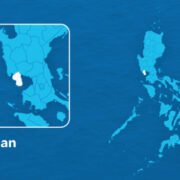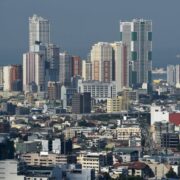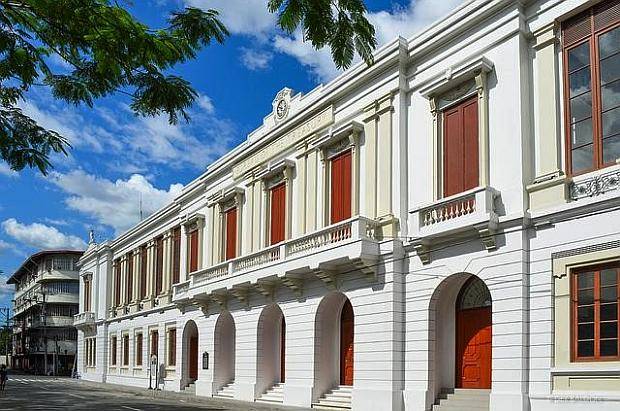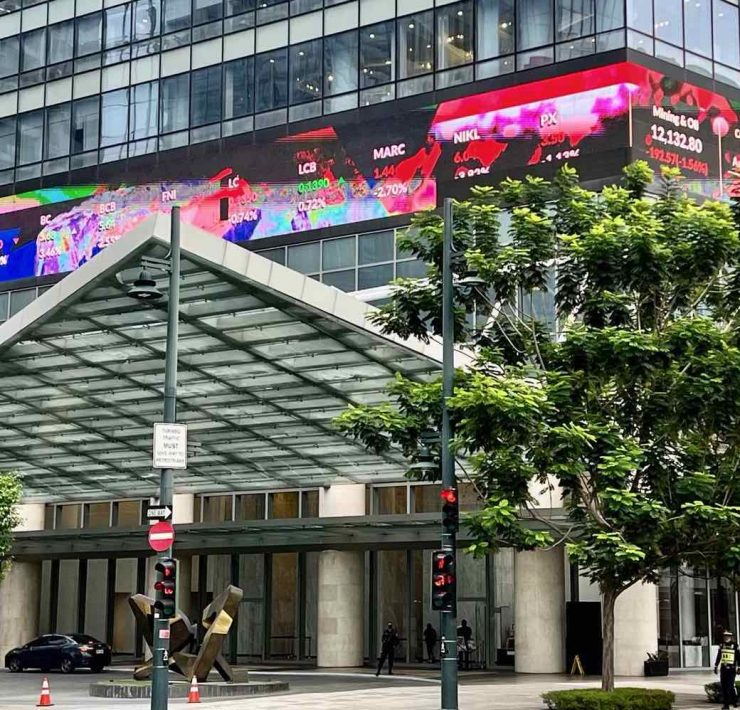More BSP rate cuts on tap as April inflation hits 1.4%

Inflation eased more than expected in April, posting its lowest level in over five years on the back of slower food price hikes and a decline in transportation costs.
And the more manageable price growth would allow monetary authorities to further cut borrowing costs, which can help the economy navigate a “more challenging external environment”, the Bangko Sentral ng Pilipinas (BSP) said.
Inflation, as measured by the consumer price index (CPI), slowed to 1.4 percent in April from 1.8 percent in March, the Philippine Statistics Authority (PSA) reported on Tuesday. This was the lowest reading since November 2019.
The latest CPI was much better than the 1.9-percent estimate of economists polled by the Inquirer last week. The figure was also close to the low-end of the forecast range of the BSP, which had pegged last month’s inflation between 1.3 to 2.1 percent.
Overall, the year-to-date average inflation stood at 2 percent, matching the low-end of the central bank’s 2 to 4 percent target for 2025.
State statisticians said the heavily-weighted food basket was the biggest contributor to the softer price growth in April. Figures showed food inflation cooled to 0.9 percent from 2.2 percent previously, after rice prices posted a steeper decline of 10.9 percent from 7.7 percent before.
Transport costs, which dropped by 2.1 percent in April on the back of lower pump prices, also dragged the headline CPI last month.
But the typical surge in demand for air-conditioning during the summer season stoked electricity inflation to 5.4 percent, reversing the 0.7-percent decline in March.
Rate cuts
In a statement, the BSP said the more benign price gains could pave the way for additional interest rate reductions. The lower borrowing costs, in turn, can support the Philippine economy at a time when the ongoing US trade war is inviting a global recession.
“The Monetary Board (MB) noted the more challenging external environment, which would dampen global growth and pose a downside risk to domestic economic activity,” the BSP said.
“On balance, the more manageable inflation outlook and the downside risks to growth allow for a shift toward a more accommodative monetary policy stance,” it added.
June meeting
The powerful MB will hold its next rate-setting meeting on June 19. Ahead of that crucial event, the PSA will release the first-quarter gross domestic product figures on May 8. The latest growth number will be another key data point for the central bank to consider when deciding on monetary policy.
Deepali Bhargava, regional head of research at ING Bank, said “deeper” easing may be ahead, adding that the ongoing tariff story and a tame domestic inflation “would keep considerations of a June cut alive.”
“The lower-than-expected inflation trajectory, stronger-than-expected local currency, and high real rates, combined with uncertainty on global growth, reinforce our view that the monetary policy easing is far from over,” Bhargava said.
“We are adding one more rate cut to our 2025 forecast. We now expect the policy rate to reach 4.75 percent by the end of the year,” she added.




















